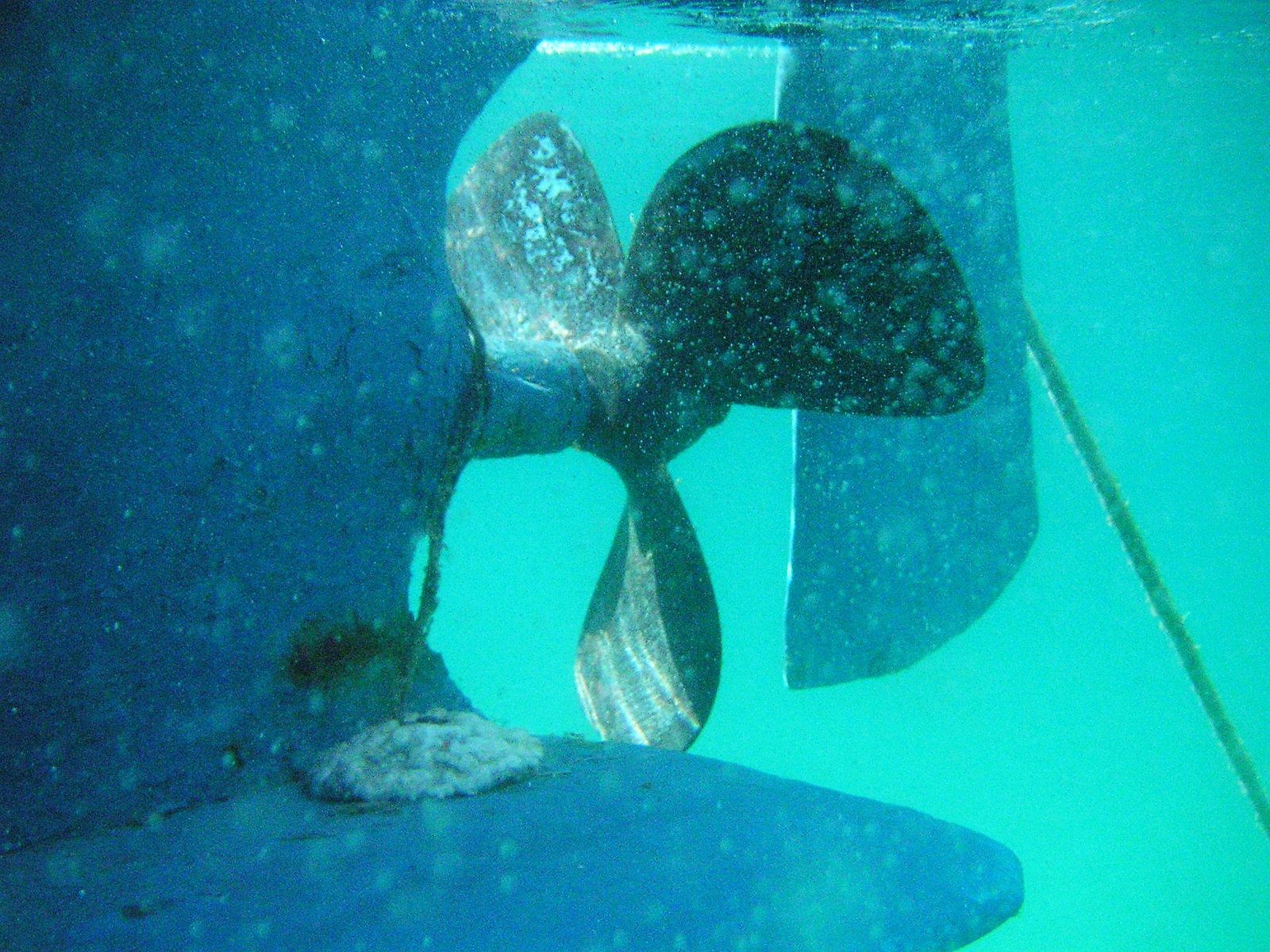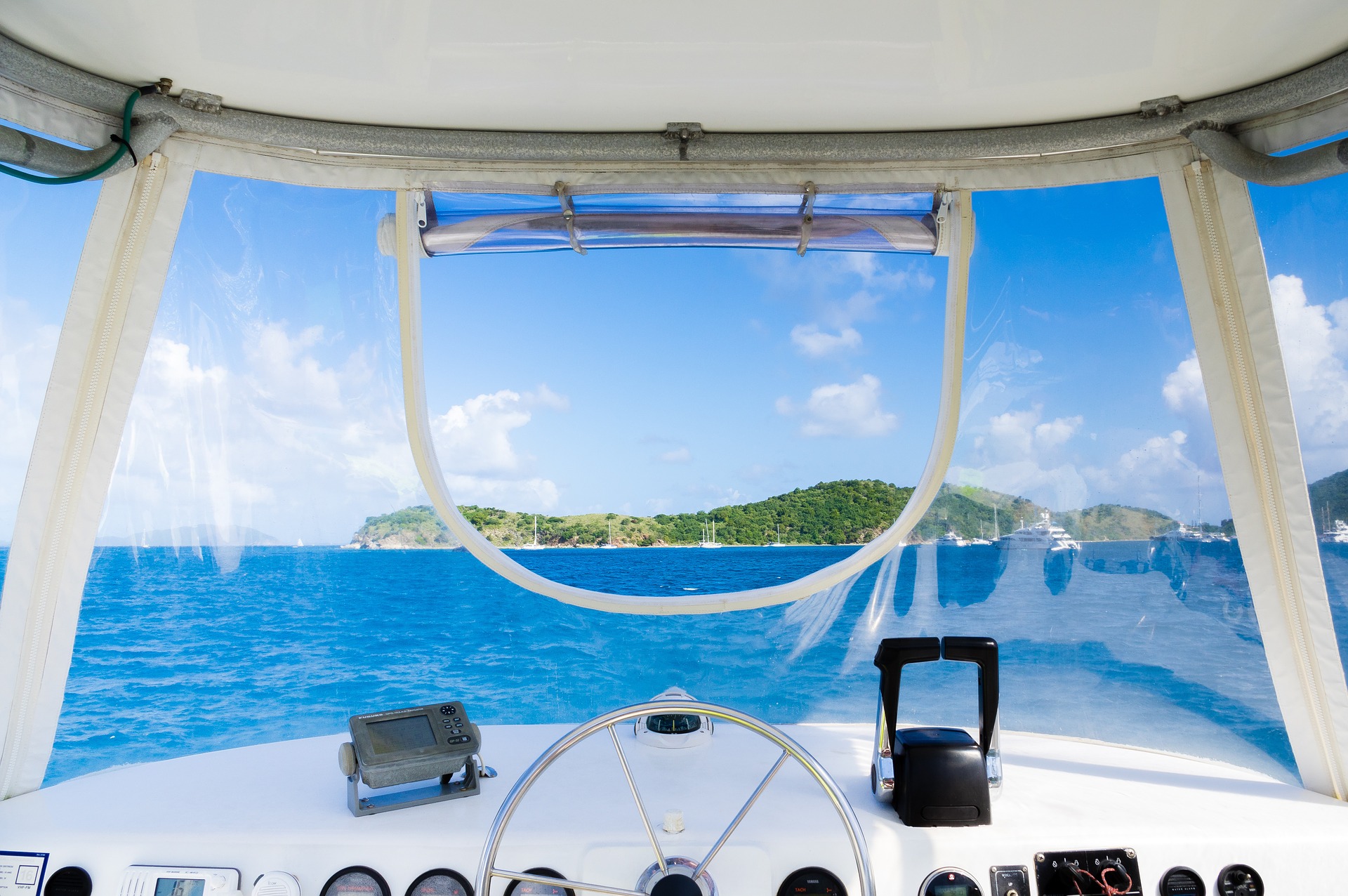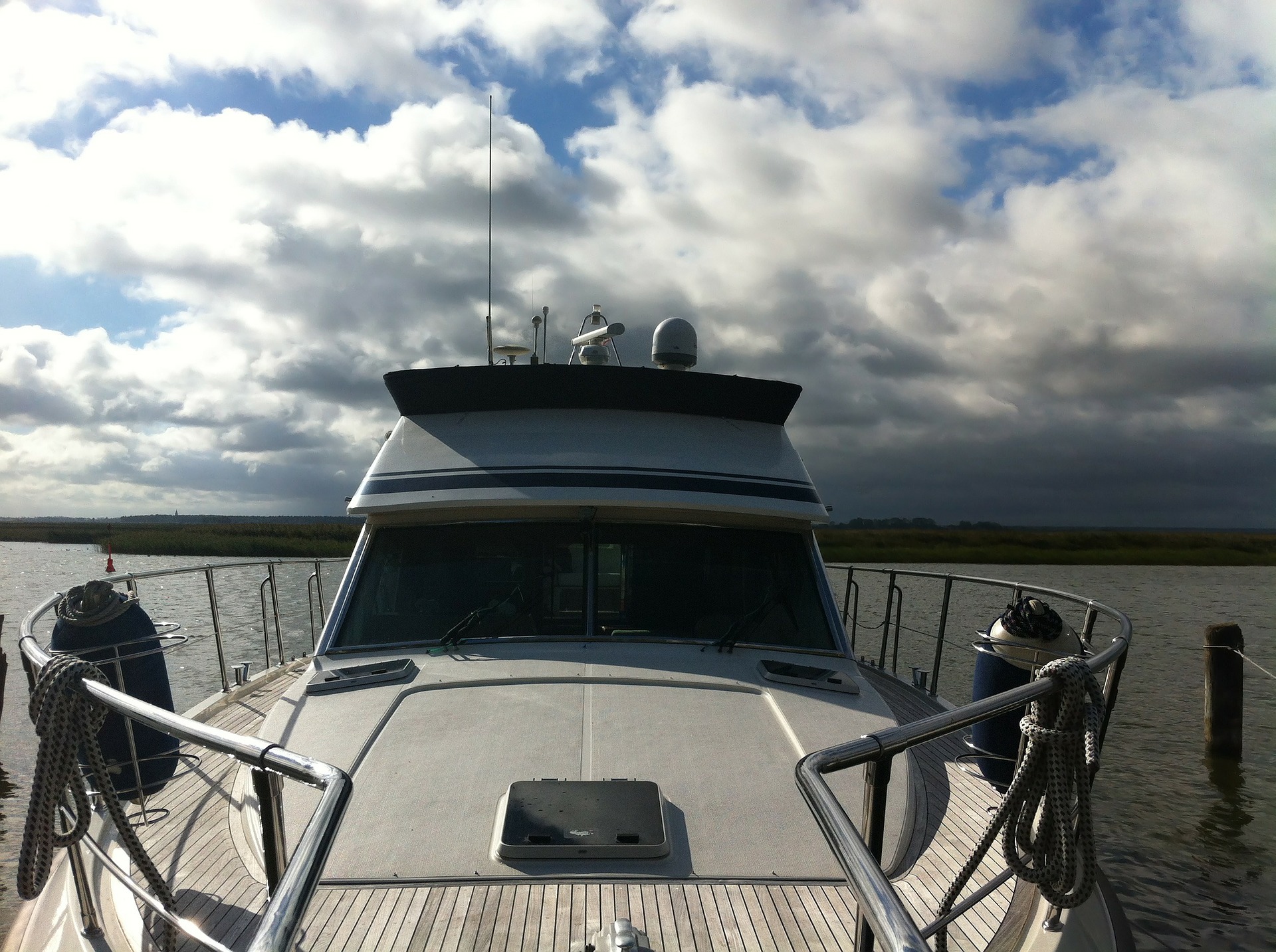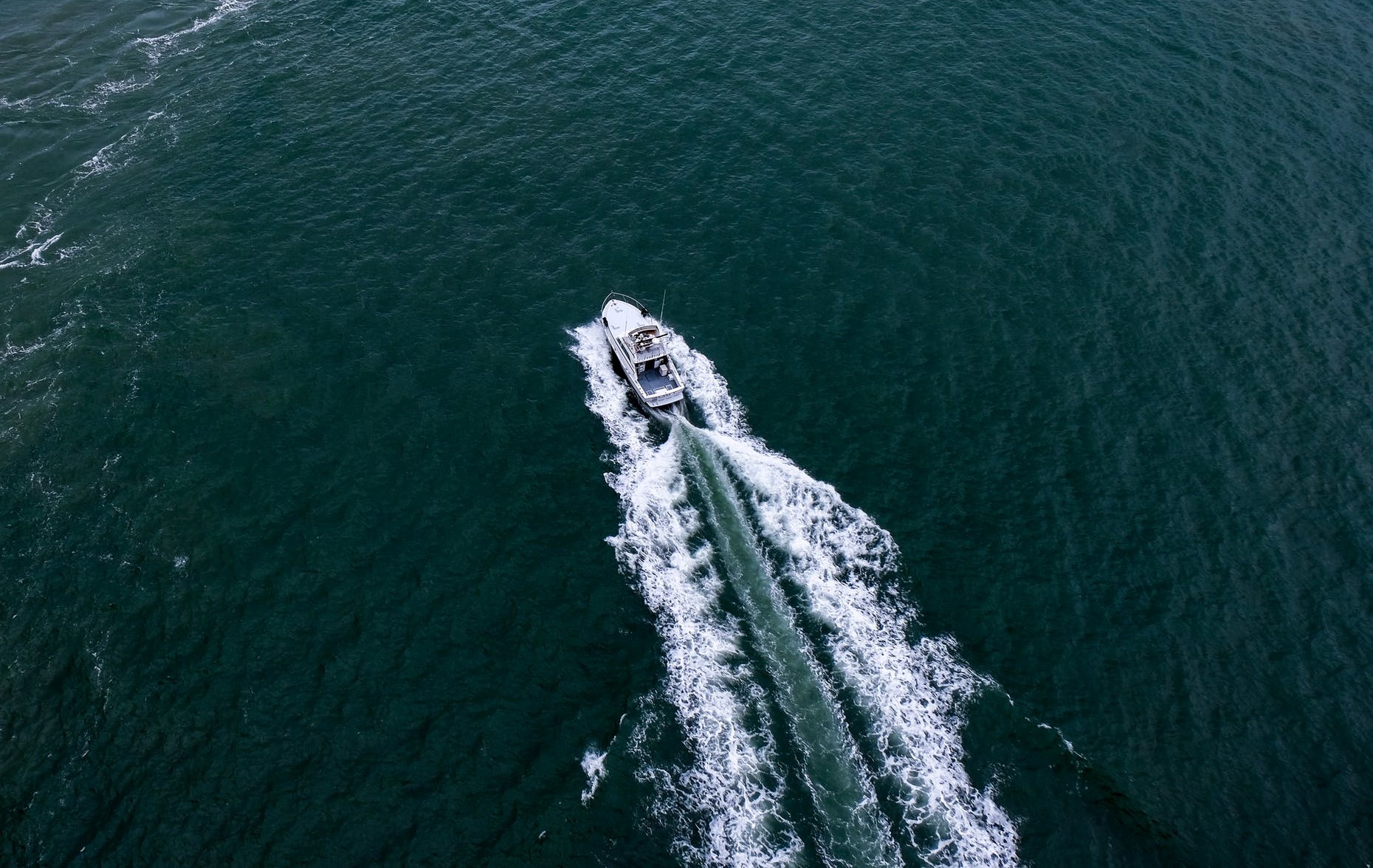
What battery does your boat need?
In this article, we’ll help you choose the right battery for your boat based on some important specifications.
Boat Battery Types
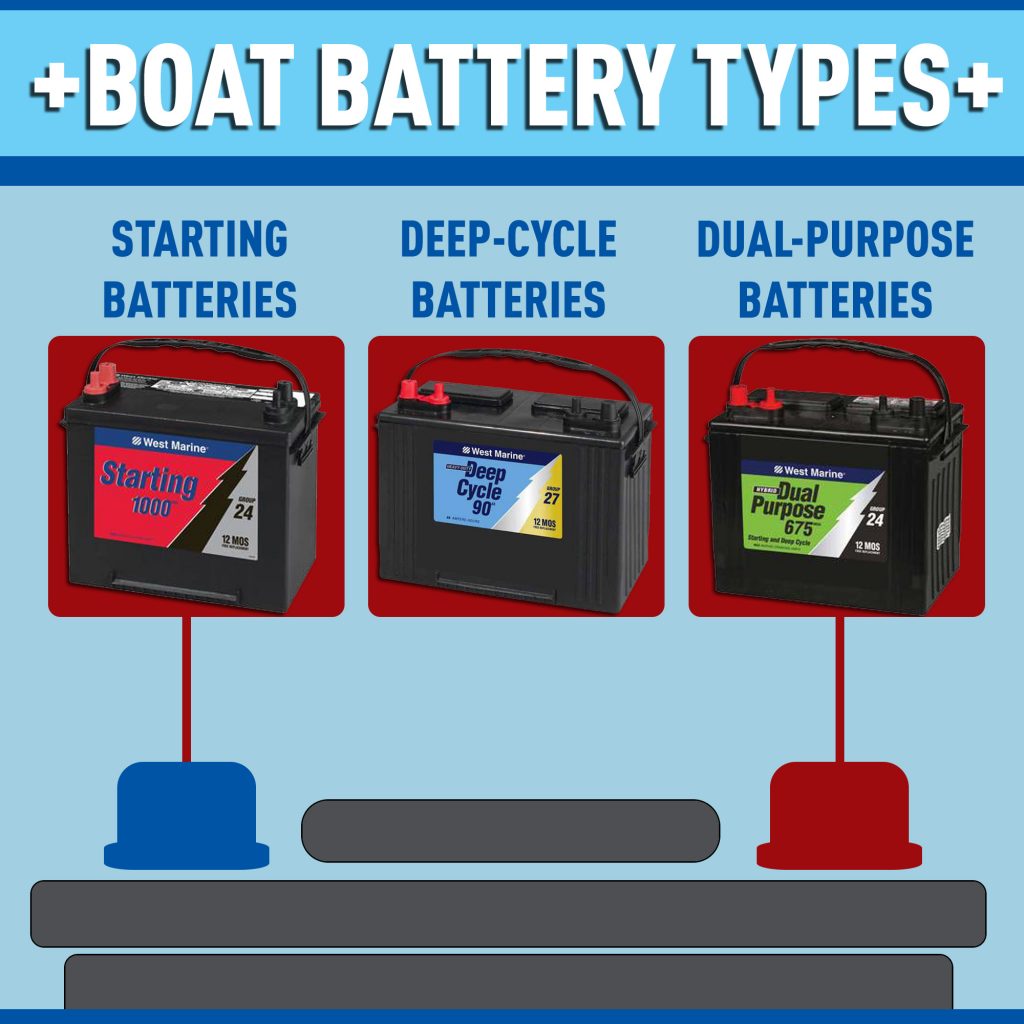
Vehicle batteries are good for starting up the engines but their power only lasts up to a certain extent. On the other hand, boat batteries also known as marine batteries are meant to run your boat for a longer period under the consistent torment of the water’s current. So, bear in mind where you’ll be using them for.
There are three boat battery types:
- Starting Batteries – run your outboard motors (or boat engines) and extra electronic devices for short periods.
- Deep-cycle Batteries – are useful on trolling motors‘ long periods of power consumption. They help you run your boat even in the absence of outboard motors.
- Dual–purpose Batteries – are those with the combined traits of starting and deep-cycle batteries.
Boat Battery Size
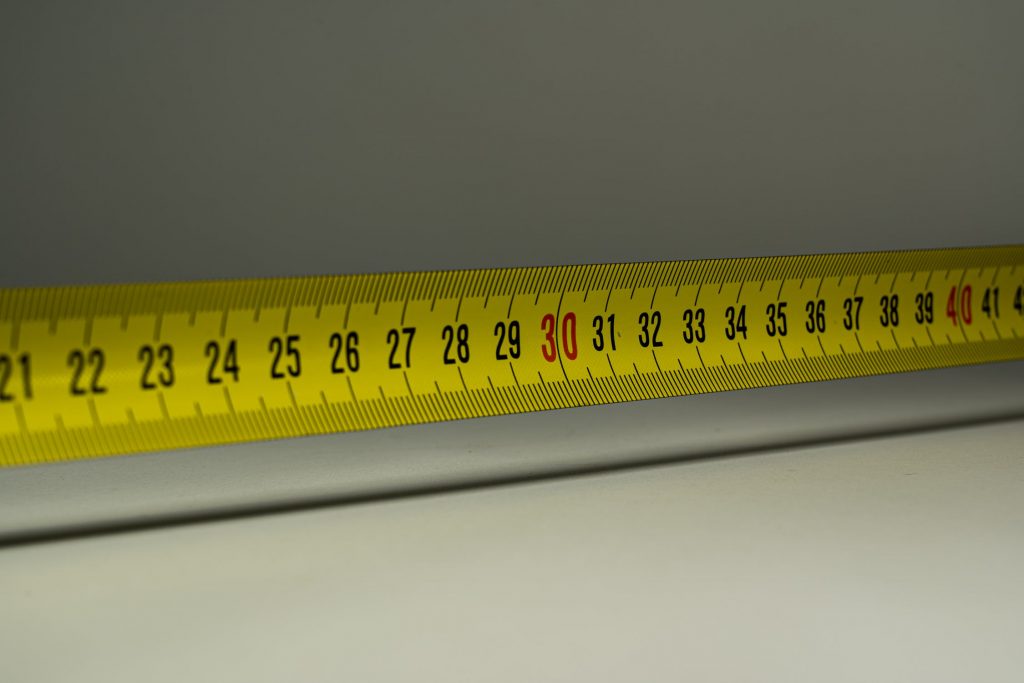
Boat battery size is determined by the group number indicated either on the upper right corner or on top of the boat battery label. Generally speaking, because a larger boat battery translates to a higher power storage capacity, the higher the group number, the better the boat battery performance is.
The group number is normally mixed with a bunch of letters that also tell the type of boat battery that you’ll be using. For deep-cycle batteries they’re marked with a group 29 or 31, whereas; starting batteries are identified under group 24 or 27.
For a detailed explanation, visit Dan Richard Fishing’s Channel.
Battery Chemistry Types
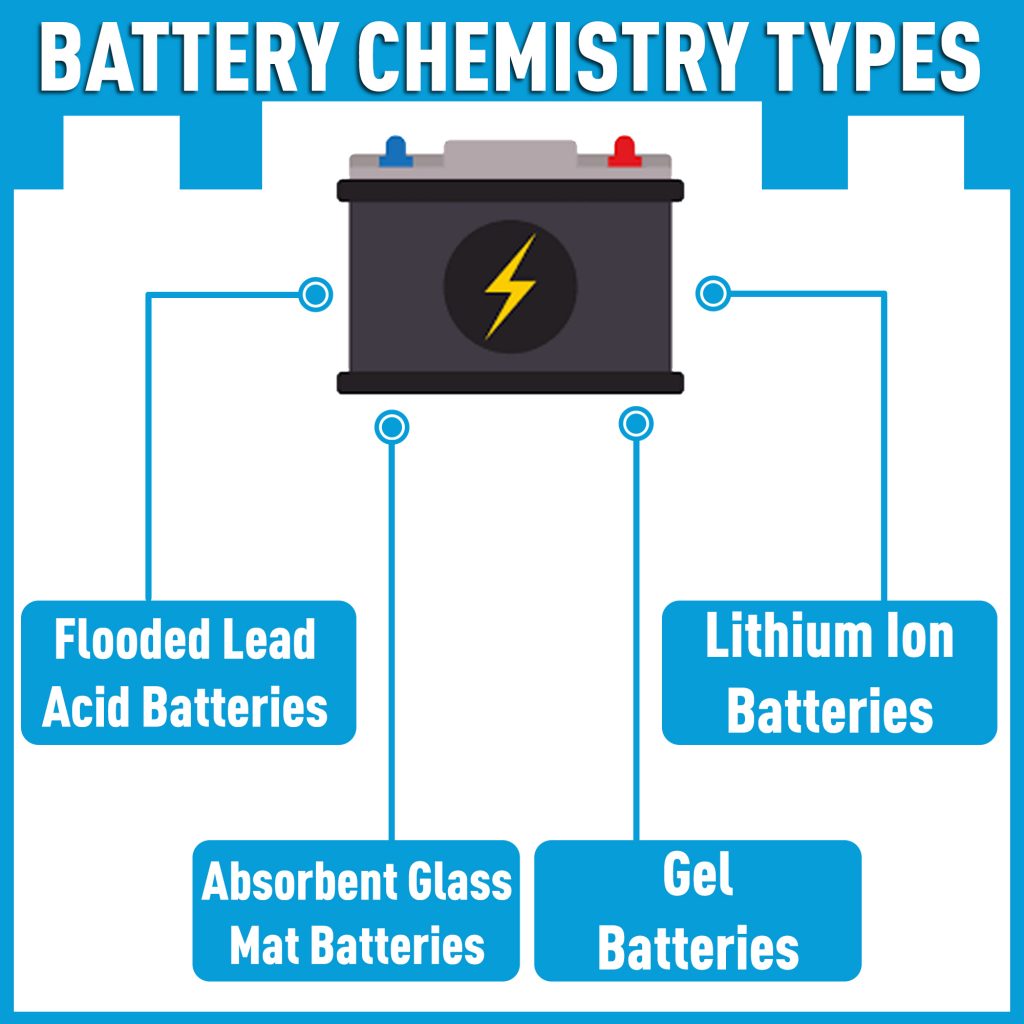
Battery chemistry refers to the kind of chemical composition that’s present in your boat’s battery which lets it function as expected.
The four battery chemistry types are:
- Flooded Lead Acid Batteries – are the most affordable and common of all. They contain lead plates and sulfuric acid, infused with a special electrolyte substance to produce power.
- Absorbent Glass Mat (AGM) Batteries – use sponge glass sheets to accompany the electrolyte substance instead of lead plates. Maintaining them is unnecessary.
- Gel Batteries – are similar with flooded lead acid batteries, except for the fluid-like (combo of solid and liquid) consistency.
- Lithium Ion Batteries – are the most expensive but most durable of all. They contain Lithium Ion Phosphate and can last for 10-15 years.
More on battery chemistry types at Vagabond Epicurean’s Channel.
Conventional or Sealed Boat Battery?
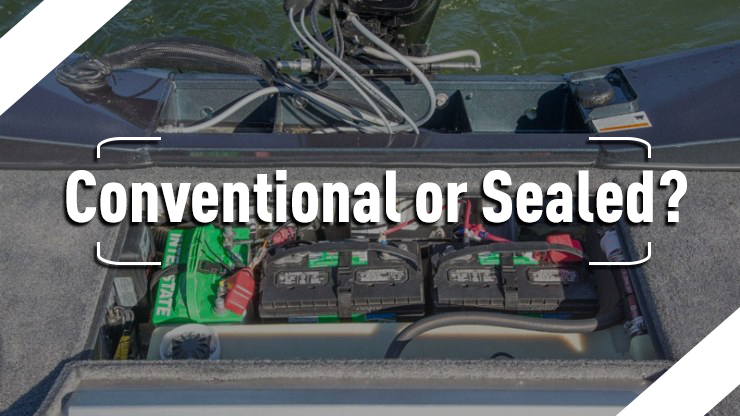
Boat battery cases have two designs; the conventional or unsealed one and the other that’s completely sealed or covered. While there are boat batteries with the unsealed version, going for the sealed option saves you time and effort on maintenance.
This is because sealed boat batteries consist of pressure relief caps to prevent their electrolytes from spilling over if they get hit by sudden impact and turned upside down.
How Many Batteries Does a Boat Need?
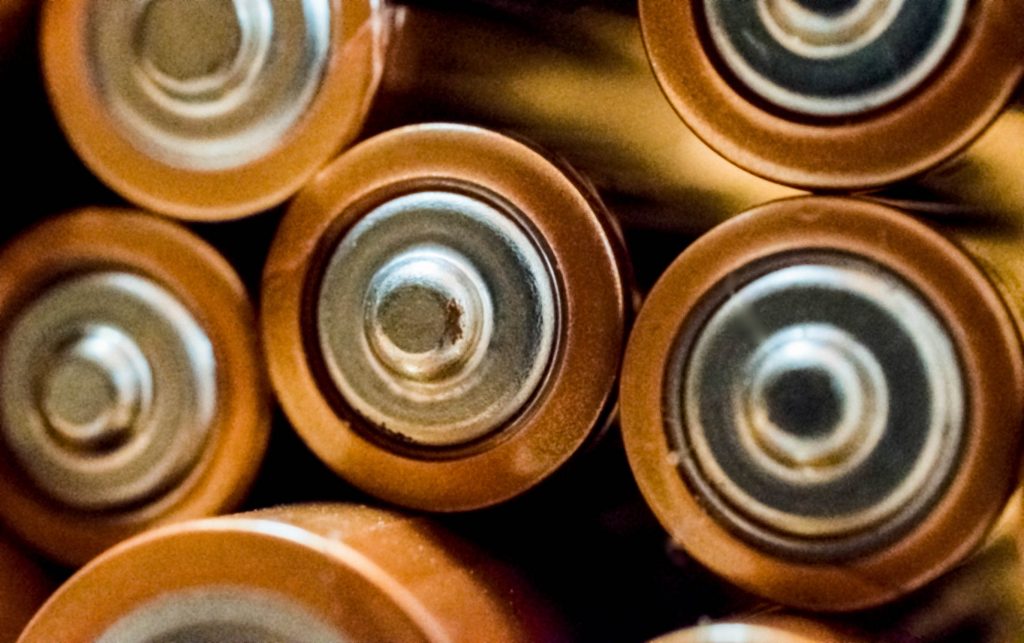
Basically, when you’re using really small powerboats, one boat battery is enough as your main electrical source. However, for standard boats, you’ll be needing about two boat batteries (starting/dual-purpose batteries with deep-cycle ones), and sometimes even three.
Using the required number of boat batteries helps you maintain energy sufficiency throughout the vessel. Otherwise, you risk either encountering device malfunctions or damaging your boat batteries.
Boat Battery Installation
Boat battery installation depends on how you carefully mount the batteries on a place that’s safe from excessive pressure and contaminants.
Single Boat Battery Installation
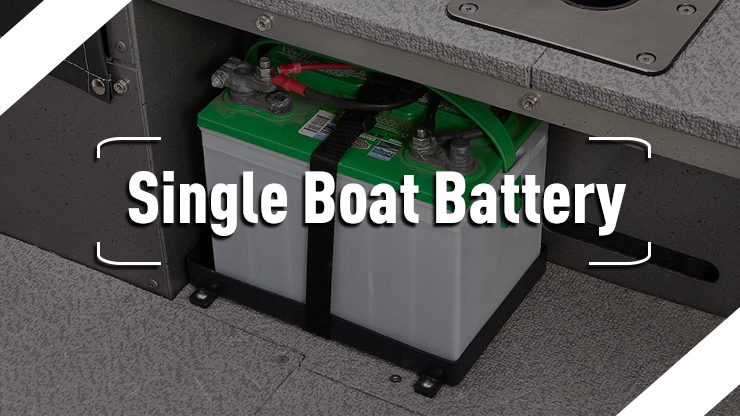
For single boat batteries, they’re normally stored and strapped in a separate battery box located on the upper middle portion of the stern. The battery isolation switch has to be put on a dry area with a marine ply underneath to prevent unnecessary drilling. Then measure, trim, and connect the cables to your boat batteries.
See Burnsco – New Zealand for details.
Multiple Boat Battery Installation
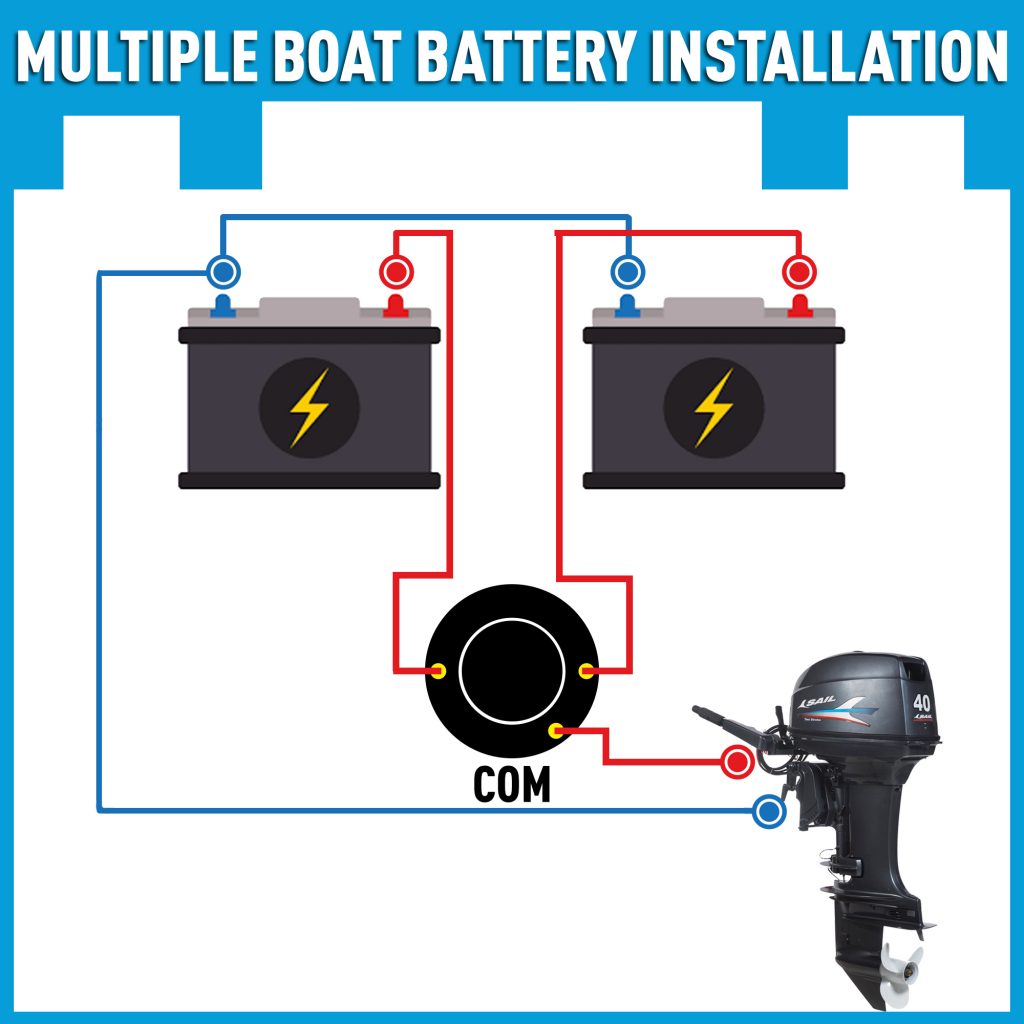
As far as multiple boat battery installation is concerned, if you have two or more boat batteries, make sure you first turn off any power source and assemble your boat batteries facing only in one direction for easy attachment.
Afterwards, link your boat’s factory breaker’s positive and negative cables to the corresponding boat batteries. For a thorough guide on this matter, check How to Set Up Boat Batteries by Bigwater Fishing.
Conclusion
Choosing the appropriate batteries for your boat will help you avoid the hassles brought by power failure. After all, getting stranded in the middle of any water body is never an option. Share us your other concerns regarding this topic by commenting below.
